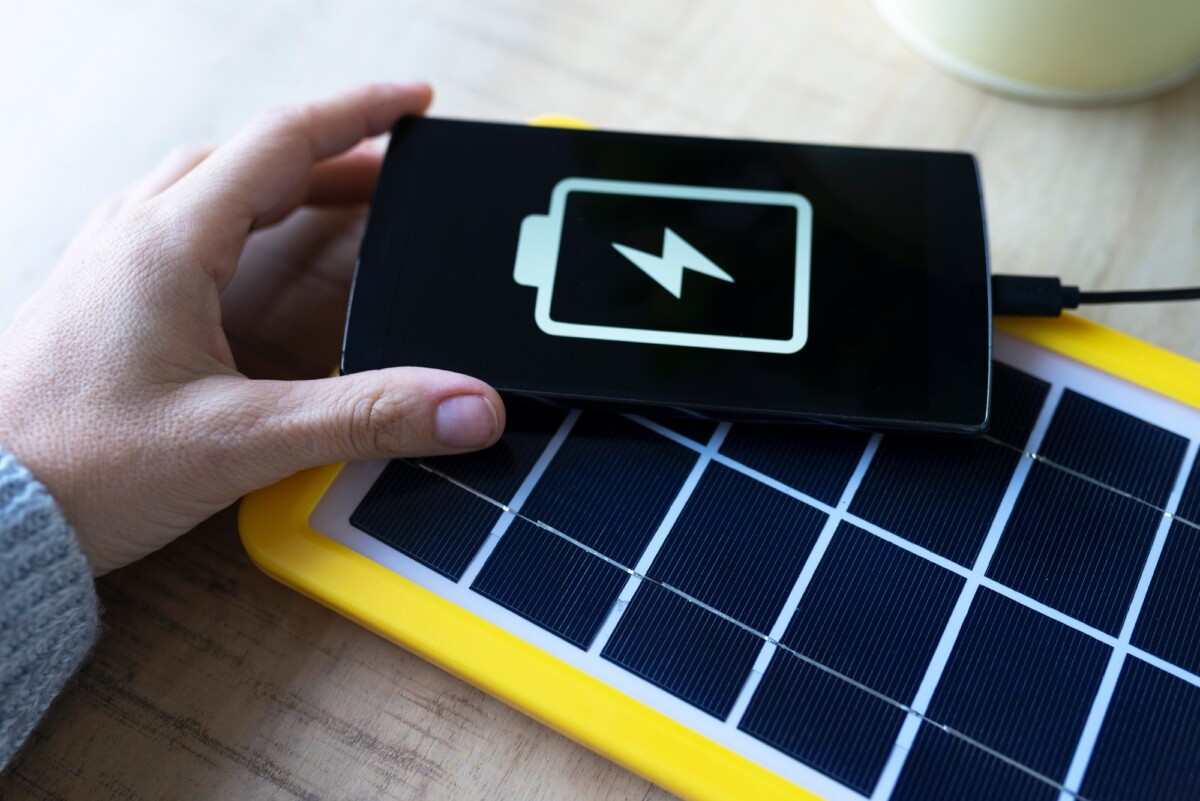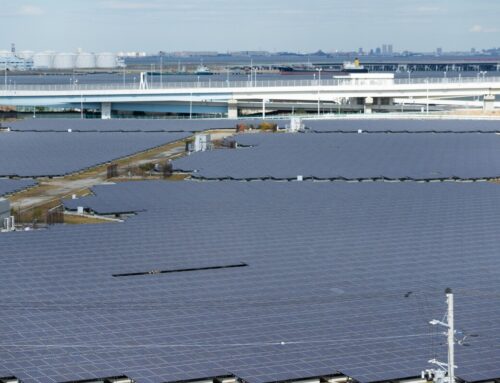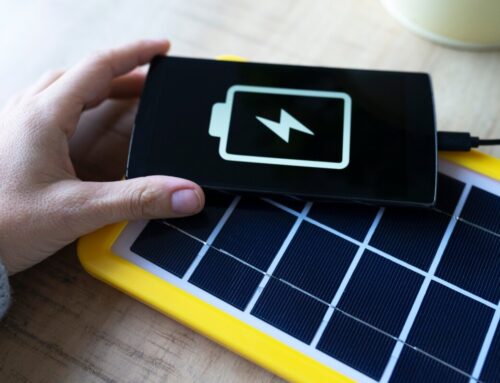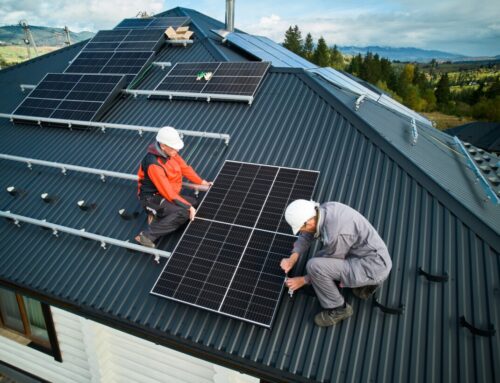Choosing the Right Solar Panel Battery Charger for Your Needs
A solar panel battery charger is one of the most efficient and eco-friendly ways to keep your batteries charged without relying on the power grid. Whether you’re camping in the mountains, working remotely, or just looking for a sustainable way to power up your gear, a solar panel battery charger offers unmatched portability and convenience. These chargers harness the energy of the sun to replenish everything from small electronics to deep-cycle batteries used in RVs, boats, and off-grid solar setups.
Interest in solar technology has exploded across the United States as more people seek alternative energy solutions. A solar panel battery charger meets that demand by providing renewable, mobile power that works anywhere the sun shines. Compared to traditional wall outlets or gas-powered generators, these chargers are silent, clean, and require no ongoing fuel costs. All you need is sunlight and the right setup.
Whether you need to trickle-charge a 12V lead-acid battery, keep a car or boat battery topped off during storage, or maintain continuous charge for a power station in the wilderness, a solar panel battery charger can do the job efficiently. In this comprehensive guide, we’ll cover how these chargers work, what to look for when choosing one, and how to make the most of this versatile tool.
What Is a Solar Panel Battery Charger?
A solar panel battery charger is a device that uses photovoltaic (PV) solar panels to convert sunlight into electrical energy. This energy is then used to charge batteries directly or through a controller. These chargers are commonly used for 12V batteries found in RVs, boats, cars, and off-grid systems.
Main Components:
-
Solar Panel: Captures sunlight and converts it to electricity.
-
Charge Controller (optional but recommended): Regulates the voltage and current to protect the battery from overcharging.
-
Battery Connection: Cables and terminals that link the charger to the battery.
Unlike standard solar panels that feed into a home’s electrical grid, a solar panel battery charger is typically portable and designed for personal, small-scale charging.
Benefits of Using a Solar Panel Battery Charger
There are several key advantages to using a solar panel battery charger instead of traditional charging methods:
Eco-Friendly Power
-
Uses sunlight, a renewable and free energy source.
-
Reduces your carbon footprint and reliance on fossil fuels.
Portability
-
Lightweight and compact models available.
-
Ideal for outdoor use, camping, hiking, and RV travel.
Off-Grid Capability
-
Perfect for remote locations with no electricity access.
-
Essential for emergency backup power.
Battery Maintenance
-
Prevents battery sulfation by keeping it charged during storage.
-
Extends battery lifespan.
Cost-Effective
-
No recurring electricity or fuel costs.
-
Durable, low-maintenance hardware.
Using a solar panel battery charger allows you to maintain your batteries anywhere, anytime, without needing a wall outlet or generator.
Types of Solar Panel Battery Chargers
Different types of solar panel battery chargers are suited for different needs. Understanding the categories helps you choose the right one.
Trickle Chargers
-
Low-wattage (1.5W–10W)
-
Keeps 12V batteries topped off
-
Ideal for long-term vehicle storage
Portable Solar Kits
-
Medium wattage (20W–100W)
-
Comes with panel, cables, and optional charge controller
-
Best for camping, boating, or powering small electronics
High-Capacity Chargers
-
100W to 300W or more
-
Often includes MPPT controllers and heavy-duty cables
-
Used for RV battery banks, off-grid cabins, and emergency prep

Curious about solar? Let us help you discover how solar energy can revolutionize your home and save you money. Request Your Free Solar Estimate at SOLAR ENERGY
Table: Comparing Solar Panel Battery Charger Types
| Charger Type | Wattage Range | Best For | Portability Level | Includes Controller |
|---|---|---|---|---|
| Trickle Charger | 1.5W–10W | Vehicle storage, battery top-off | Very High | Often Optional |
| Portable Charger Kit | 20W–100W | Camping, small appliances | High | Sometimes Included |
| High-Capacity Charger | 100W–300W+ | RVs, off-grid setups | Medium | Usually Included |
Depending on your usage, the right solar panel battery charger can be simple and compact or powerful and modular.
How Does a Solar Panel Battery Charger Work?
The core process behind a solar panel battery charger is straightforward but efficient:
-
Sunlight Hits the Solar Panel: Photons activate electrons in the panel’s PV cells.
-
DC Electricity Is Generated: Direct current flows from the panel.
-
Voltage Is Regulated: A charge controller regulates flow to avoid overcharging.
-
Battery Charges: The electrical current is stored in the connected battery.
Most 12V battery chargers use 18V solar panels, since a slightly higher voltage is needed to charge effectively. A charge controller steps down and regulates that voltage safely.
How to Choose the Right Solar Panel Battery Charger
Here are the top factors to consider when selecting a solar panel battery charger:
Battery Type Compatibility
-
Lead-acid, AGM, Gel, or LiFePO4 batteries all have different charging needs.
-
Ensure the charger supports your battery type.
Voltage Rating
-
Most car, RV, and boat batteries are 12V or 24V.
-
Verify that your charger is designed for your battery’s voltage.
Wattage and Amperage
-
Higher wattage allows for faster charging and powering larger devices.
-
Consider daily sunlight hours and energy demands.
Portability and Setup
-
Foldable panels are easier to transport.
-
Look for kickstands, weatherproofing, and durable materials.
Controller Type
-
PWM (Pulse Width Modulation): Lower cost, good for small systems.
-
MPPT (Maximum Power Point Tracking): More efficient, best for high-capacity chargers.
A high-quality solar panel battery charger should combine reliability, efficiency, and ease of use.
Installation and Usage Tips
Proper use ensures maximum performance from your solar panel battery charger.
Setup Steps:
-
Place the panel in direct sunlight, angled for maximum exposure.
-
Connect the charge controller (if using).
-
Attach the battery cables securely.
-
Monitor charging via LED indicators or meters.
Safety Tips:
-
Avoid charging indoors or through glass (blocks UV rays).
-
Keep connections dry and free from corrosion.
-
Use fuses to prevent overload or short circuits.
-
Never charge damaged or frozen batteries.
Storage and Maintenance:
-
Clean the panel surface regularly with a soft cloth.
-
Store in a cool, dry place when not in use.
-
Inspect cables and connectors for wear.
Following these practices will keep your solar panel battery charger functioning for years.
Real-World Applications
The versatility of a solar panel battery charger makes it useful across many scenarios:
-
RV Living: Charge your battery bank while boondocking without a generator.
-
Boating: Maintain your marine battery while docked or underway.
-
Farming: Power fences, pumps, or lights in remote areas.
-
Prepping and Survival: Ensure battery-powered tools and radios stay operational.
-
Everyday Travel: Keep a car battery charged when parked for long periods.
Each of these real-life applications shows how dependable and flexible a solar panel battery charger can be.
5 Frequently Asked Questions
1. Can I leave a solar panel battery charger connected all the time?
Yes, especially if it includes a charge controller. The controller prevents overcharging by regulating the voltage and current.
2. Do solar panel battery chargers work in winter or cloudy weather?
Yes, though efficiency decreases in low-light conditions. High-efficiency panels and MPPT controllers can help offset lower sun exposure.
3. What size solar panel battery charger do I need for a car battery?
A 10W–20W panel is typically enough for maintenance. If you want to recharge a drained battery, consider a 50W or higher model.
4. Can I use a solar panel battery charger without a controller?
For trickle chargers under 5W, it may be safe. For anything larger, a controller is strongly recommended to protect the battery.
5. How long does it take to charge a 12V battery with a solar panel?
It depends on panel wattage and battery capacity. A 100W charger can replenish a 50Ah battery in about 6–8 hours of good sun.
Final Thoughts
A solar panel battery charger is one of the most practical and eco-friendly ways to maintain or recharge batteries wherever you are. With no need for fuel or power outlets, it empowers you to stay mobile, independent, and energy-conscious. Whether you’re on an extended RV trip, preparing for an emergency, or simply storing a vehicle for the winter, this tool ensures your batteries remain in top condition.
Technology in solar charging continues to improve, offering higher efficiency, better portability, and more features than ever before. As more consumers adopt sustainable practices, the solar panel battery charger has become a staple item in toolkits and travel gear.
Choose a model that fits your energy needs, battery type, and portability preferences, and you’ll enjoy years of reliable power powered entirely by the sun.
Don’t wait to go solar! Thousands of homeowners are saving—join them and start reaping the benefits.
Book Your Free Consultation at SOLAR ENERGY
Explore additional solar solutions at NEW SOLAR QUOTES and discover how it can benefit your home!









